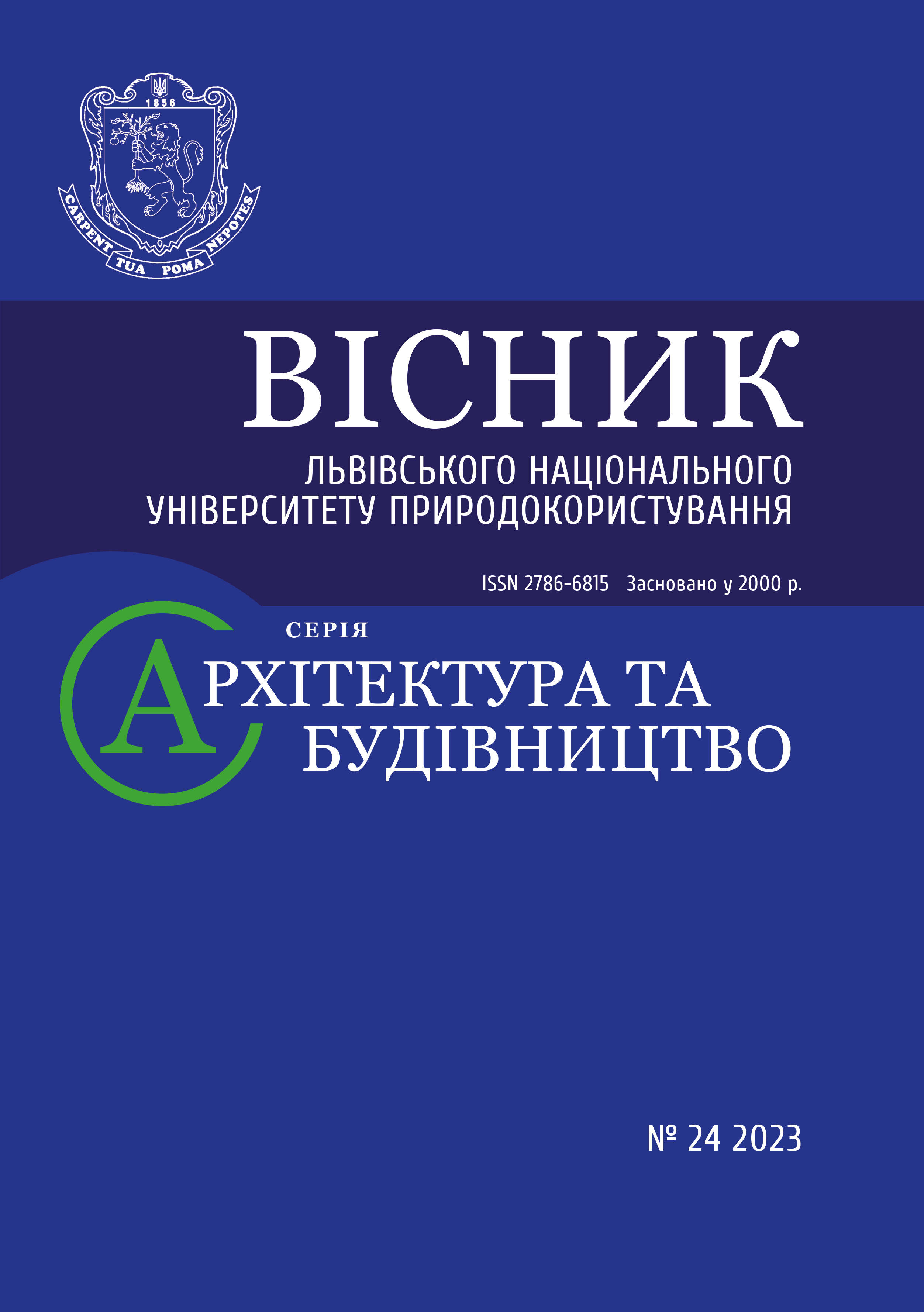RESEARCH OF THE STRESS-STRAIN STATE OF HOLLOW CYLINDRICAL ELEMENTS OF ENGINEERING CONSTRUCTIONS OF SPECIAL PURPOSE UNDER THE EFFECT OF TEMPERATURE LOAD
DOI:
https://doi.org/10.31734/architecture2023.24.036Keywords:
concrete, strength, temperature distribution, temperature stress, deformation, fire resistanceAbstract
In recent years, the development of monolithic-frame construction has led to the need for a new approach to computing the elements of building structures. Concrete columns are among the most crucial components of these buildings and their failure can lead to significant durability. The loss of a column's strength characteristics can occur due to the loads caused by the effect of a temperature field. As a result, research related to the impact of temperature on the supporting elements of engineering constructions is vital.
This study investigates the non-stationary temperature field in a cylindrical concrete column with a central hole that changes over time under high temperatures. When modeling the heating process of a column, the third-kind boundary conditions are taken into account. By using Laplace transform, the authors obtained analytical expressions to study the temperature field. They also determined the stress-strain state of the column with a central hole caused by a non-stationary temperature field, where various values of the heat transfer coefficient between the column and the environment were taken into account. The research findings are presented graphically.
One of the significant causes of increased danger for such structures is the uneven heating and changes in the characteristics of strength and deformability of concrete during and after the fire. It is essential to solve the problems related to ensuring the long and reliable operation of building structures, including under the influence of high temperatures, by adopting appropriate materials or protective coatings. Thus, mathematical modeling of the processes of temperature fields in the stress-strain state of cylindrical structures can significantly increase the accuracy of calculations, contributing to the strength and reliability of engineering structures. The study also obtained graphic dependences of the radial, ring, and axial stresses from the radius, which are caused by the action of temperature fields of different intensities on the rod elements. It is established that the temperature stresses in the column with a central hole are smaller compared to the solid column.
References
Fire resistance of cylindrical column in fire conditions / A. Dominik, V. Baitala, M. Semerak, V. Chernetskyi. Fire Safety. 2013. Vol. 23. P. 76–80.
Hlova T., Kovalchuk R., Kuznitska B. Research of the stress-strain state of cylindrical elements of engineering constructions of special purpose under the effect of temperature load. Military technical collection. Lviv: NASV, 2019, No 20. P. 3–8. doi: 10.33577/2312-4458.20.2019.3-8.
Lykov А. V. Theory of the thermal conductivity. Moscow: Higher school, 1967. 600 p.
Semerak M. M., Nekora O. V., Kharyshyn D. V. Stress-strain state of steel tube confined concrete pillars under the thermal power influence of fire. Fire Safety. 2017. No 31. P. 115–124.
Tymoshenko S. P., Guder J. Theory of elasticity. Moscow: Science, 1975. 576 p.


